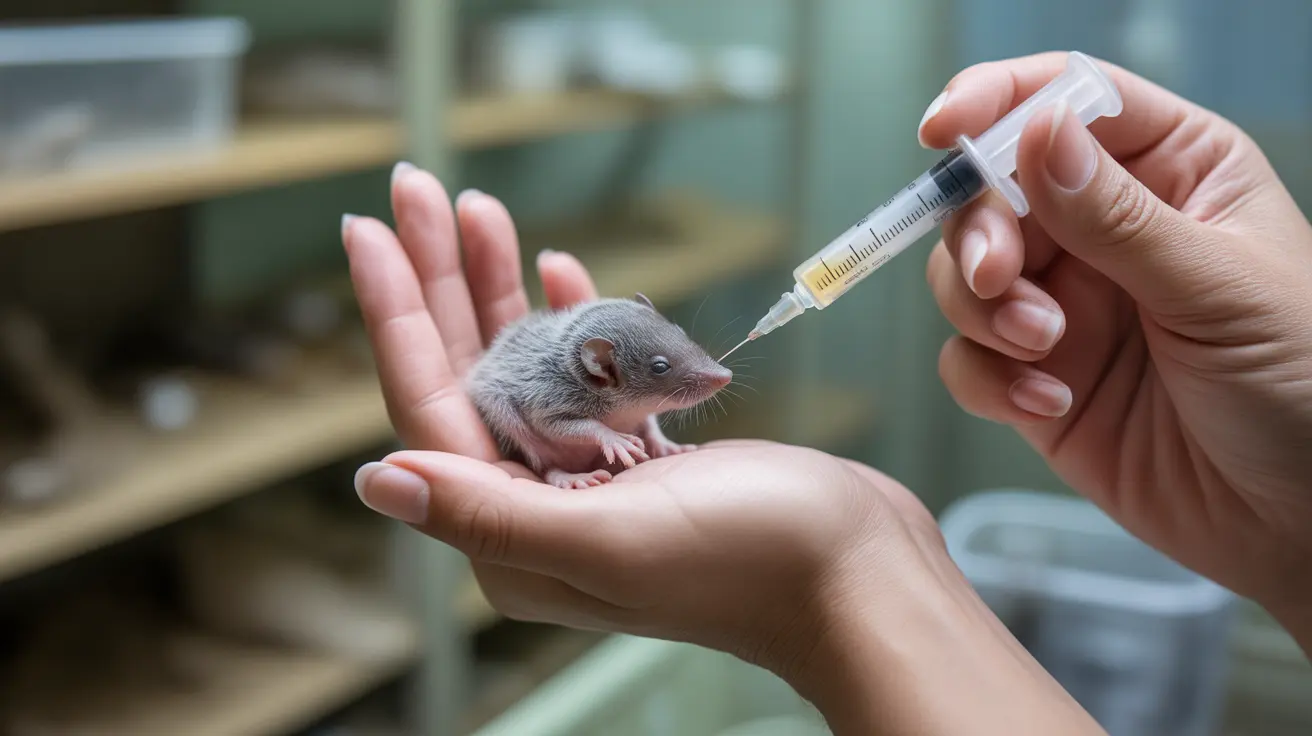Understanding Dew Claws: Should Breeders Remove Them?
Dew claws are a subject of ongoing debate in the dog breeding and veterinary communities. These small, thumb-like digits are located on the inner sides of a dog's legs and behave differently depending on their placement and structure. Some breeders choose to remove them for a variety of reasons, but this decision should be considered carefully due to the dew claw’s potential function and health implications.
What Are Dew Claws?
Dew claws are the canine equivalent of thumbs and big toes. Most dogs have them on their front legs, while select breeds or individual dogs may also have one or two dew claws on their hind legs. Anatomically, front dew claws are usually connected to the dog’s limb via bones and ligaments, whereas rear dew claws tend to be attached only by skin, making them more mobile and structurally different.
Functions of Dew Claws
- Stability and traction: When running at high speeds, dogs may use their dew claws to gain extra traction and stabilize their front legs, especially on slippery surfaces.
- Climbing and gripping: Dew claws help dogs hold onto objects and even assist in climbing.
- Joint support: Tendons link front dew claws to muscles, contributing to carpal joint stability and potentially reducing the incidence of arthritis.
Rear dew claws, in contrast, are often seen as functionally insignificant since they lack bony attachment and rarely contact the ground.
Reasons for Dew Claw Removal
Some breeders and owners choose to remove dew claws for the following reasons:
- Prevention of injury: Dew claws, especially rear or double ones, can catch on objects, break, or become ingrown, prompting removal for preventive care.
- Show ring standards: Aesthetic preferences in certain dog shows lead some breeders to remove dew claws to meet visual or breed-specific criteria.
- Ease of maintenance: Dew claws can overgrow, especially since they don’t contact the ground to wear down naturally, leading to grooming complications.
However, routine removal solely for cosmetic or hypothetical injury reasons is increasingly discouraged by many veterinarians, particularly for the front dew claws.
Breed-Specific Considerations
Some breeds, such as the Great Pyrenees, Briard, and Beauceron, are born with double rear dew claws, and these features are part of their breed standards. Removal can disqualify them from show competitions for those breeds. On the flip side, rear dew claws in breeds that do not typically have them may be seen as abnormal and removed accordingly.
Injury and Medical Concerns
Although dew claw injuries are typically rare, they can be quite painful. Common issues include:
- Nails pulled or broken
- Infections or ingrown nails
- Swelling and pain requiring veterinary care
In such cases, removal might be part of a treatment plan. Many veterinarians emphasize that when front dew claws are firmly attached and functional, their removal could lead to increased orthopedic problems later in life.
Timing and Procedure
If removal is chosen, it is typically done when puppies are less than five days old. This procedure is performed under local anesthesia by a veterinarian. For older dogs, dew claw removal may require general anesthesia and additional recovery time.
Maintenance and Care
Proper care of dew claws includes:
- Regular trimming: Prevents overgrowth and reduces injury risk.
- Inspection: Monitoring for injury, infection, or abnormalities.
- Veterinary guidance: Especially for dew claws causing repeated issues.
Very active dogs often naturally wear down their dew claws, but for most pets, consistent trimming is essential to prevent harmful conditions.
Conclusion: Should They Be Removed?
Ultimately, whether breeders remove dew claws depends on multiple factors, including breed norms, functionality, risk of injury, and personal preferences. While rear and double dew claws may be removed if loosely attached and frequently injured, front dew claws serve a valuable purpose and should generally be left intact unless there is a medical reason. Decisions about dew claw removal should always be made based on sound veterinary advice and the dog’s individual needs.





